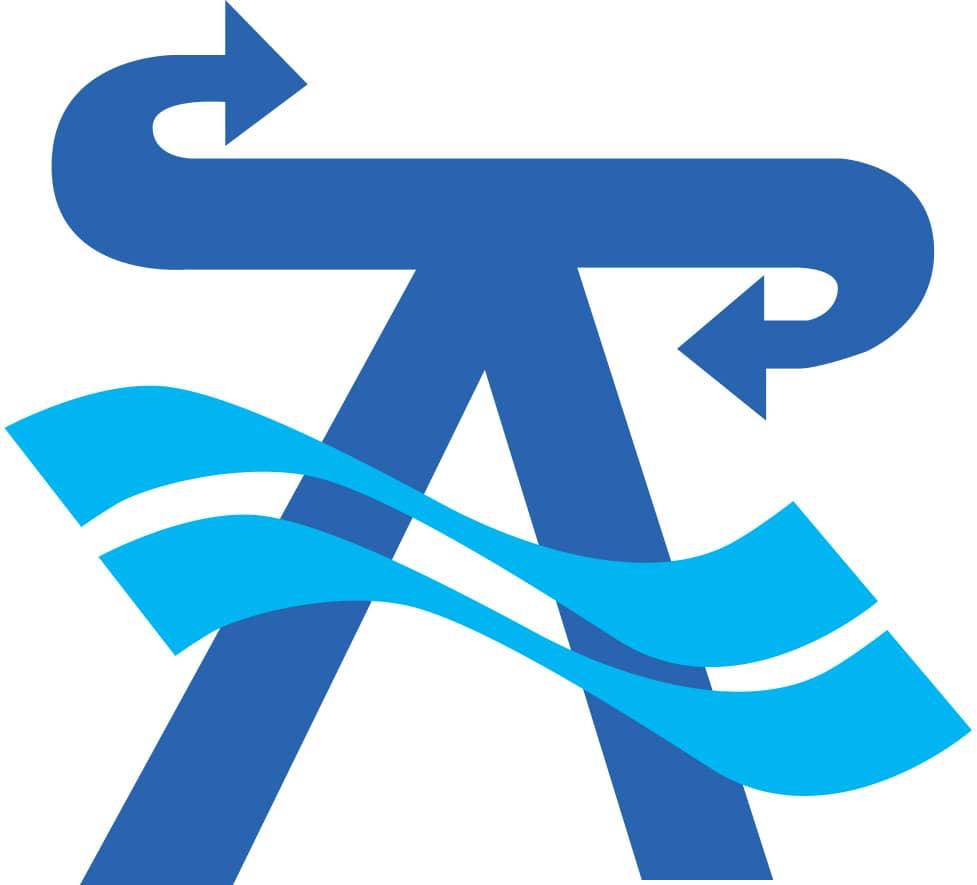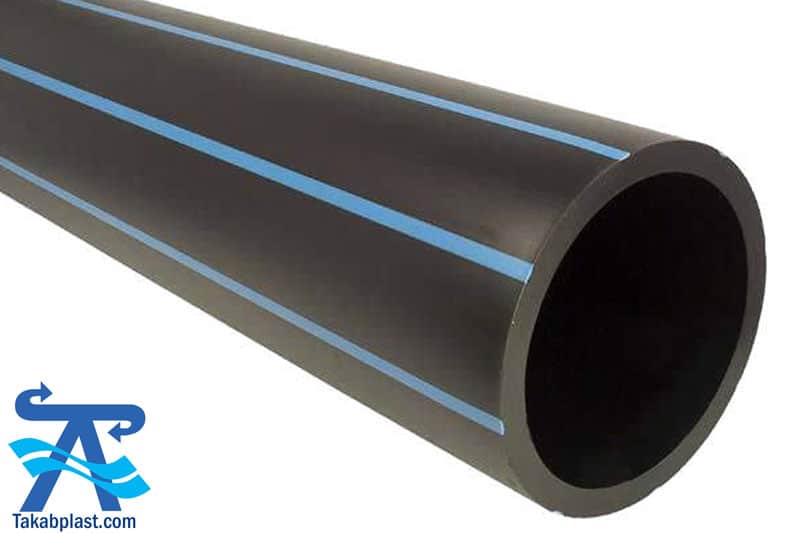Description
PE pipe: Single-wall polyethylene (PE) pipes are produced in an extruder consisting of a barrel, a screw, and a die. Their diameter ranges between 20 and 220 mm with an operating pressure of 4 to 25 bar. Single-wall PE pipes are produced as coils and 6 to 12 m branches. For more information, refer to the “Discussion Tab” in the following section.
What is the role of PE pipes in our daily life? Water is the most challenging global problem, exacerbating despite oil, gas, and fossil fuel energies. With scientific advances, human is looking for more efficient use of this fluid of life. PE pipe industry plays an undeniable role in the optimal use of water in different sectors, leading to a great interest in improving this vital industry. Single-wall and double-wall PE pipes are the common types of PE pipes.
This article discusses the production methods and applications of PE pipes in different Iranian industries.
Pipe and fitting systems for water and gas distribution, sewage and discharge, protection of cables and facilities, and so on are considered vital veins of human communities. Thousands of kilometers of pipelines across the world are constructed of metal, concrete, and polymeric materials, playing their vital role with the highest safety degree and diverse applications.
However, some existing pipe and fitting networks are locally or totally worn and fail. Some others may have reached their service time, and others may have defects in the early stages of utilization. These defects may cause economic damages or even threaten human life.
Polymeric pipes are the most reliable and proper pipes for transmitting water, gas, and sewage.
Piping systems are among the most reliable and fast tools for transferring materials and energy. New materials such as plastics and composites have emerged a new world for the application of polymeric raw materials in piping. Polymeric pipes are lightweight and anti-corrosive with facile connection. Defects may be found in piping systems like in other systems. Therefore, targeted research works on such phenomena may significantly help safety, health, maintenance, and management of piping lifetime.
A system can be defined as a set of interrelating factors or interactions. Factors of a system may include few subsets, and each subset may be consisted of several subsystems. The subsystem of a component or a key factor is larger than a system and arranged to establish an order in the system. As a component, it plays a key role in creating the larger system and its behavior.
Visit https://www.takabplast.com/product-category/polyethylene-fittings for more information on PE fittings
A system can be always identified from the environment relating with that system. The environment surrounding a system can be defined as a set of parameters, variables, features, and phenomena which are not evaluated in a certain system but are affected by that system
Systematically, like any technical facility, a pipeline is defined not only as a set of elements but as a set of structural systems relating to the surrounding environment. For instance, pressure exerted on the pipe changes by the improper placement of soil around the buried pipe, and pipe stiffness relating to soil stiffness determines the soil pressure distribution
Systematic specifications of polymeric pipeline facilities are of greater importance. Polymeric pipes are constructed from polymers with time-dependent properties. Therefore, deterioration of polymeric materials with time increases the destructive effect of bioagents on piping systems
PE pipe classification
:Polymeric pipes are classified in several ways. Two most applied classifications are as follows
Classification based on geometric parameters and resistance against internal pressure
Classification based on ring stiffness or Poisson’s ratio
The first classification is more applied to thermoplastic pipes but the second classification is usually used for the sewage and composite pipes such as glass fiber reinforced plastic (GFRP) pipes
The following conventional specifications of polymeric pipes should be considered
1. The strength of polymeric pipes against finite pressure, stress, and strain
2. Ductility
3. Fracture toughness
4. Fatigue strength
5. Impact strength
6. Stiffness (finite displacement and deformation)
7. Creep response, long-term behavior
8. Durability
9. Stability
10. Usability
11. Fire resistance
12. Efficiency
13. Abrasion resistance
14. Corrosion resistance
15. Thermal stability
16. Chemical resistance
17. Biological resistance
18. Environmental resistance
19. Recyclability
Single-wall PE pipes
Single-wall polyethylene (PE) pipes are produced in an extruder consisting of a barrel, a screw, and a die. Their diameter ranges between 20 and 220 mm with an operating pressure of 4 to 25 bar.. The use of PE pipes is reasonable given their numerous advantages over other pipe generations (such as steel, asbestos, and cast-iron pipes) including corrosion resistance without coating, facile execution, lightweight, and so on. Note that PE pipes are produced and supplied to the Iranian market as CRP100(PE100).
As mentioned, single-wall PE pipes are highly resistant to external pressures, and thus are widely used in projects in which high external pressure is exerted on pipes. Single-wall PE pipes are often used in industrial and domestic sewage systems, wastewater treatment, rain discharge pipes, and water transmission systems. Mechanical properties of single-wall PE pipes are the same in some cases and different in terms of some parameters. There are also differences in the production, installation, and utilization of different types of PE pipes. In the meantime, some single-wall PE pipes are the most suitable alternative for collecting and transferring surface water and underground wastewater without internal pressure. Accordingly, this type of pipe is used in urban sewage megaprojects in earthquake-prone regions. Single-wall PE pipes are also used in protecting underground canals for optical fiber, telephone, electrical, and TV cables.
1. Sewage PE pipes
2. Gas transmission PE pipes
3. Water transmission systems
4. Firefighting systems
5. Mineral and industrial material transmission systems
6. Pressurized irrigation systems
Single-wall PE pipes are installed by neutral and surface methods. The surface installation technique is easier than the neutral method. In this method, the installation surface should be clean and free of any contaminant and grease. In the technical installation method, the piping canal should be first bent and its bed covered by granulated sand. After piping, the surface of open pipe is filled with granulated sand.
Storage PE pipe tips
1. Indoor environments are the best place for storing PE pipes to reduce the destructive effect of UV radiation on PE pipes. If stored outdoors, PE pipes should be covered by a proper coverage such as oilskin.
2. PE pipe storage area should be designed to prevent physical damages.
3. PE pipe storage place should lack harmful chemicals to pipes.
4. Due to PE flammability, the storage area should lack flammable materials.
Single-wall PE pipes are produced and inspected according to DIN8074 and IN808079 standards presented in the following table.
PE pipe advantages
1) Lightweight: PE pipes are lighter than steel and CRP pipes, facilitating transportation, loading, and installation of this type of pipe.
2) Wear resistance: PE pipes are highly resistant to abrasion in comparison with other materials. As a result, PE pipes are selected for transferring liquids containing insoluble solids.
3) Excellent flowability and low roughness coefficient: Fluids faster flow in PE pipes because of smooth and a very-low-roughness inner surface.
4) Diverse connection methods (fitting): Diverse connection methods such as Butt fusion, electrofusion, flanged fittings, and threaded fittings facilitate the installation of PE pipes by contractors.
5) Resistance against chemicals: Acidic media, fluids, and chemical solutions do not adversely affect PE pipes, leading to the ever-increasing application of such pipes in various industries.
Visit www.wikipedia.com for more information on PE pipes



Reviews
There are no reviews yet.